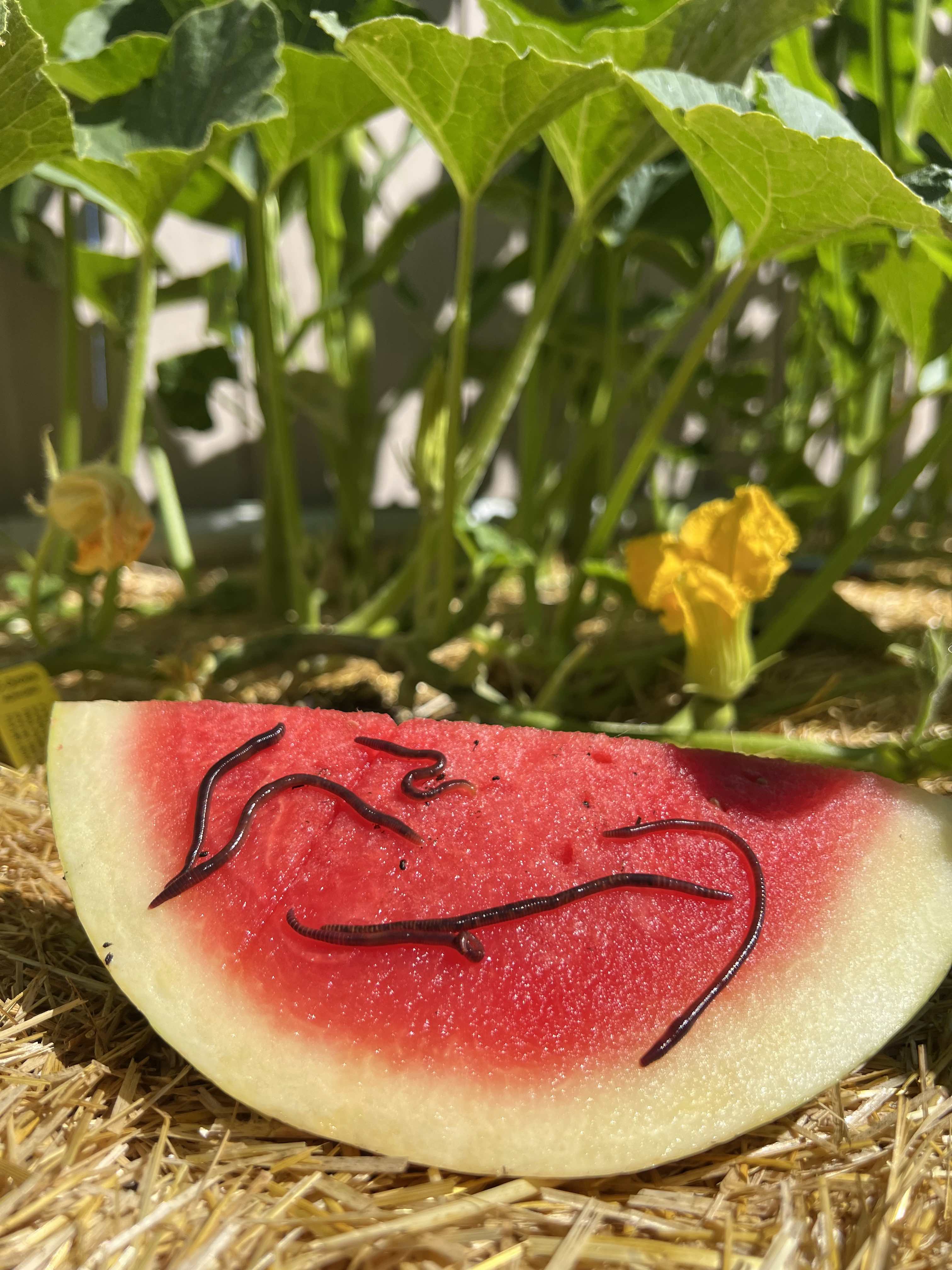Some Known Questions About Red Wiggler Express.
Some Known Questions About Red Wiggler Express.
Blog Article
4 Simple Techniques For Red Wiggler Express
Table of ContentsThe Ultimate Guide To Red Wiggler ExpressThe Facts About Red Wiggler Express UncoveredAll about Red Wiggler ExpressThe Single Strategy To Use For Red Wiggler ExpressThe Facts About Red Wiggler Express Uncovered
And the thriving Red Worm populace? Also in the stack that was established up directly in front of yard composters with existing Red Worm nests.
Numerous ranges, consisting of Red Wigglers, European Nightcrawlers, and Lumbricus types were brought over from the European continent. Below's the thingNative or not - and as skilled as they are at being able to make it through in a wide-range of atmospheres and problems -. Simply put, they are even more likely to hang out in any type of active composting systems you have set up, than they are to wander off and start ruining the setting.
Roots need oxygen for respiration and count on smooth air flow within the dirt to thrive. When it rainfalls, dirt can end up being saturated with water, decreasing the oxygen readily available and preventing nutrition absorption. To maintain an optimal equilibrium, the dirt should enable water to drain pipes properly, leaving adequate room for air to support root health
Get This Report about Red Wiggler Express

When it comes to worms for composting, what comes to mind? If you were an earthworm dog breeder, supplier, or ordinary garden enthusiast, then you would certainly recognize that red wiggler worms are the ideal worms for vermicomposting. To find out even more regarding these planet marvels, reviewed some of the red worm realities listed below.
(http://efdir.com/Red-Wiggler-Express_320644.html)If they extend their bodies, you'll be able to see the red stripes on their skin. When increasing worms such as red wiggler worms, you ought to have the ability to understand just how to make great usage of them. When you have the ability to maintain and care for their environment well, and additionally feed them the best type of organic wastes, then they'll have the ability to create nutrient-packed and quality-rich worm spreadings for you (additionally referred to as worm poop or compost).
Things about Red Wiggler Express
What do worms eat? Well, these red wriggler worms can be fed with cooking area scraps and garden wastes.

This behavior makes them well-suited for life in worm containers, garden compost stacks, and various other restricted areas where organic waste is bountiful. Developing an optimum atmosphere for red wigglers calls for a thoughtful strategy. Take into consideration the adhering to crucial elements to care for red wigglers at home and guarantee their health: Utilize a bed linen of shredded newspaper or cardboard.

Red wiggler worms reproduce by laying little, lemon-shaped eggs in protective cocoons. These cocoons are usually transferred in the bed linen and hatch into baby worms within a couple of weeks.
The Ultimate Guide To Red Wiggler Express
Their versatility and strength have actually made them a popular option for vermicomposting in various regions around the globe. Yes! They can make it through from a range of 32F to 90F. They are super versatile pests. Consider protective actions for extremely severe temperature levels such as: Shielding the worm bin with layers of straw or leaves.

Just remember - you can constantly add even more food later (yet it's difficult to remove feed once it's been added to a container!).
Since I fed the red wigglers and compost worms also much, they weren't able to maintain and in time the older food went leftover and produced anaerobic problems that killed the worms. Fortunately is that there are extremely simple activities you can require to ensure this does not happen! Right here're the 6 golden regulations for just how commonly and just how much to feed your worms: Guideline # 1: Small amounts! You can always include more food later.
The Only Guide for Red Wiggler Express
Leftover food will certainly bring about anaerobic problems that will certainly eliminate your real-time worms. It is ok to sprinkle a little of their initial bedding (which should already be in the bin) over the food, but the food ought to never be buried and ought to show up to your eye. Policy # 5: See guideline # 1! Rule # 6: After the initial feeding, feed the worms 1/3 to 1/2 of their weight.
Report this page